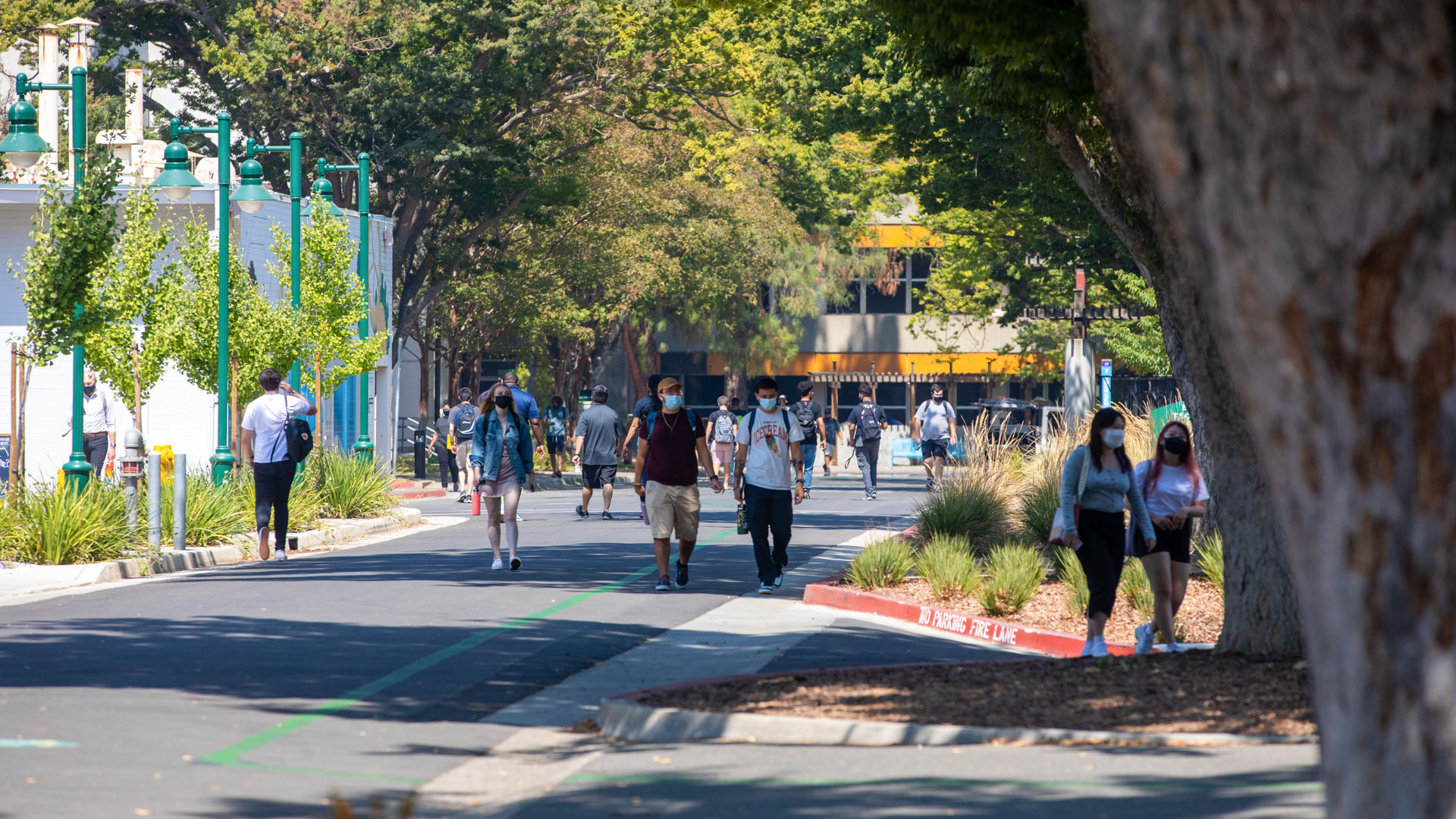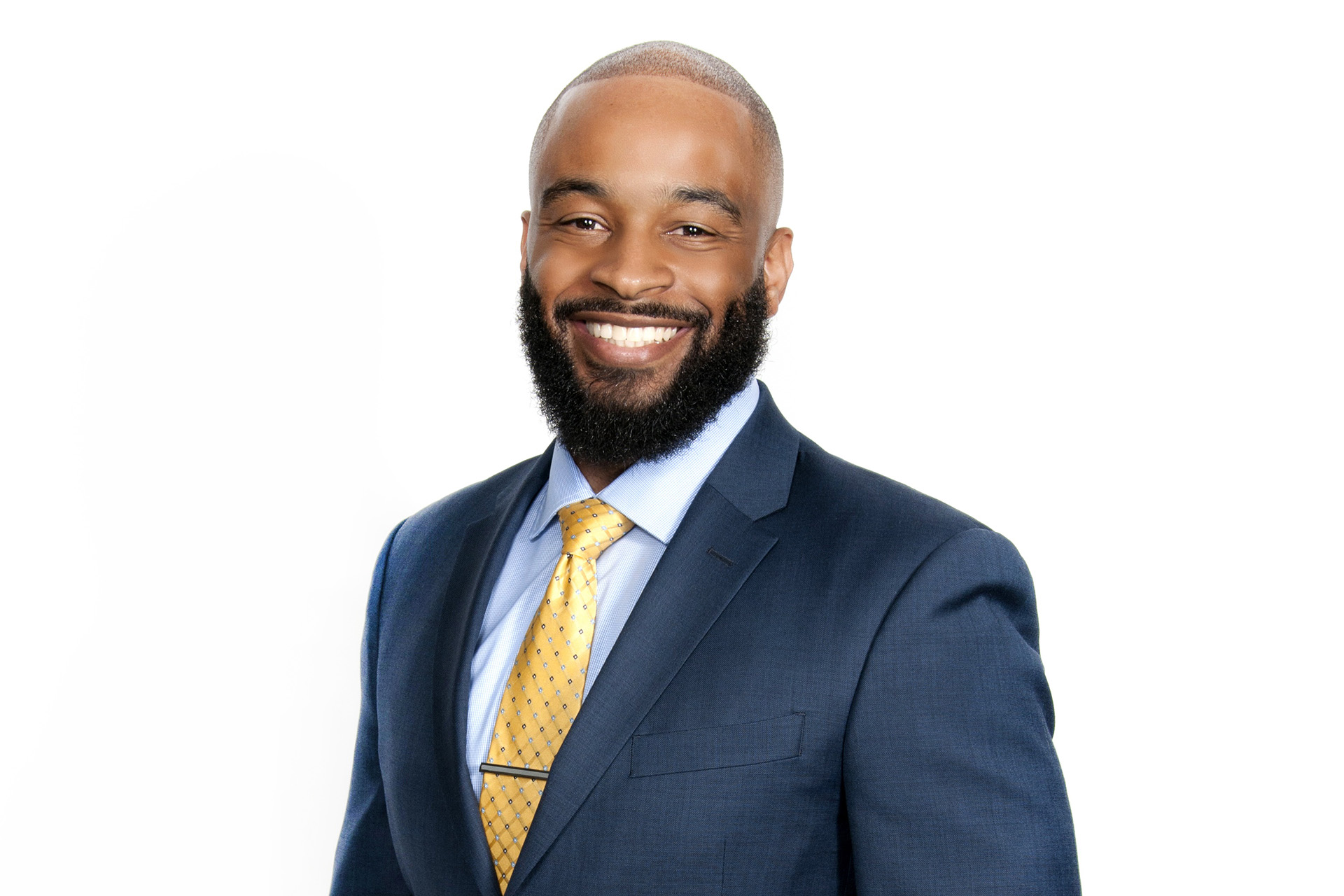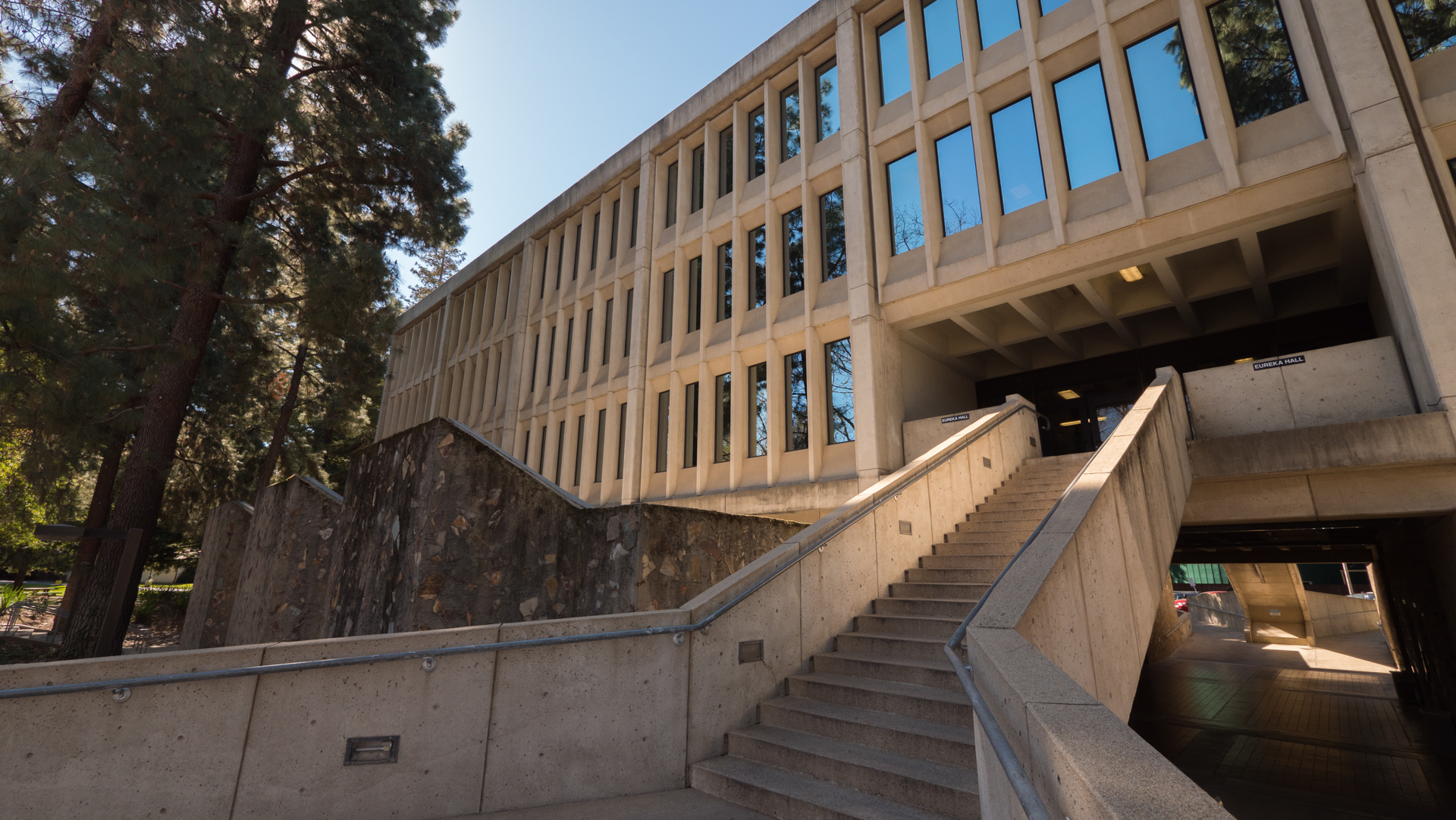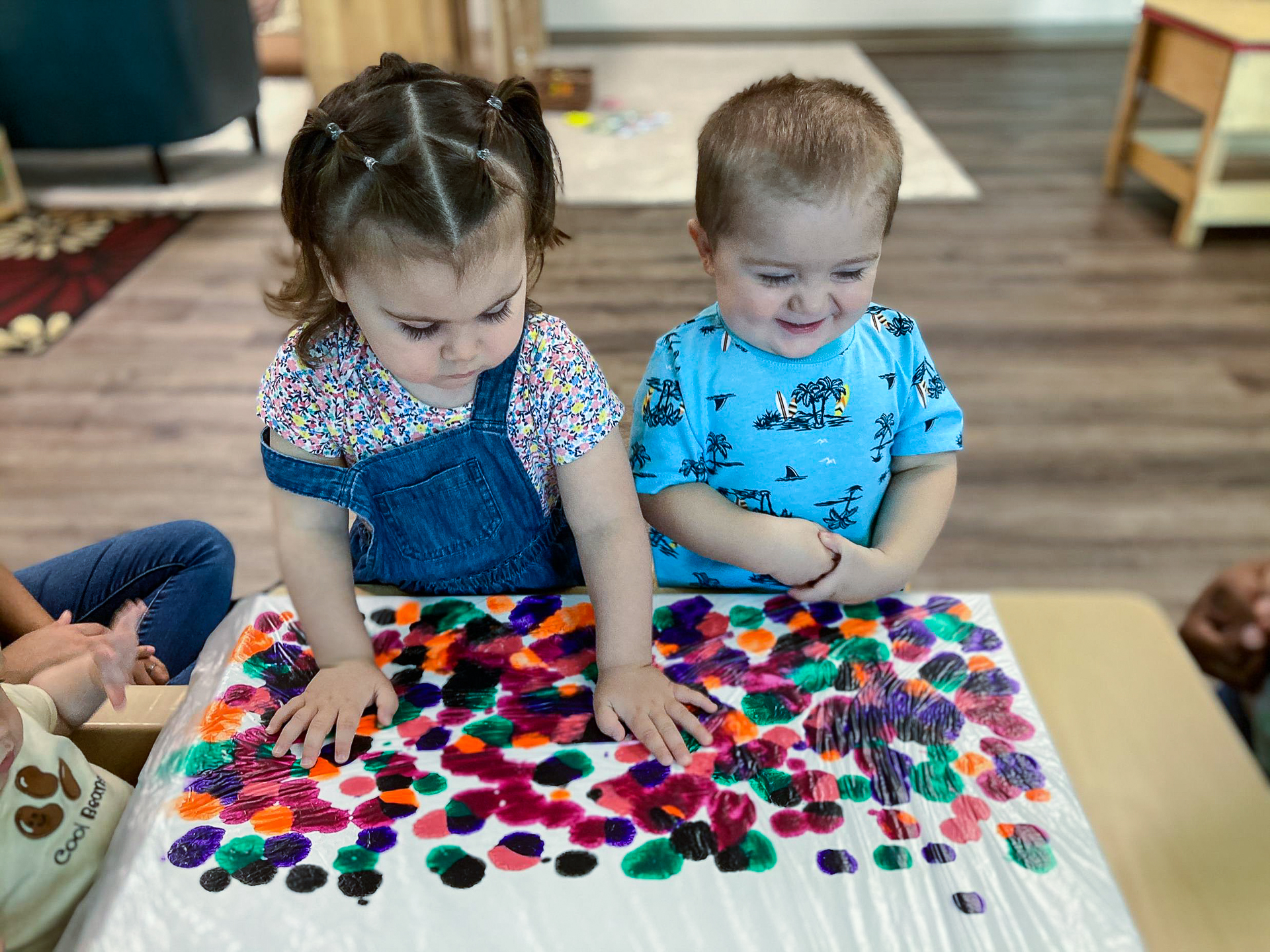Story Content
Redesigned Child and Adolescent Development program expands opportunities for students

September 17, 2021
Sacramento State’s redesigned Child and Adolescent Development program, a major training hub, will better serve students learning to be teachers, counselors, social workers and other professionals, while also helping the region, program leaders say.
Program changes give students a fuller understanding of career possibilities, provide fieldwork options earlier in the program to help them connect theory to practice, and incorporate antiracist research and practices to better equip them to serve diverse student populations of children, adolescents, and families.
“We are, I think, one of the few major training grounds and educational centers for folks who work with children, adolescents, and families, which means that our students and what they leave with, and then how they continue their professional career, is a reflection on our program,” said Kevin Ferreira van Leer, assistant professor of Child and Adolescent Development.
“That means we have a tremendous responsibility, knowing those will be the people working with the children and families in our region.”
Previously called Child Development, the program is the largest within the College of Education, growing from 709 students in 2012 to more than 1,300 in Fall 2020.
Kristen Alexander, undergraduate program coordinator and professor of Child and Adolescent Development, said despite the department’s roots and reputation as a place for future teachers, a significant number of participating students choose the major on their way to careers in fields other than education.
To serve them better, the coursework has been streamlined into two primary concentrations, one for future educators and one for students pursuing counseling, social work, speech therapy, pediatric nursing, and other careers outside teaching.
“We’ve always been stronger on the education side, so this has really given us the opportunity to revisit the program and all of our core courses to make sure that we’re really serving those students who are interested in contexts outside of the educational field, working out in the community with children, adolescents and families,” Alexander said.
Greater emphasis has been placed on practical experience, ensuring there are lower-division fieldwork opportunities in each concentration and adding a “capstone” service-learning project at the end of the program.
Students will take courses specifically designed to introduce them to the broad range of careers they can pursue with a Child and Adolescent Development degree.
“We really want them to get out and explore,” Alexander said. “I’ve just been doing first-year orientations, and I told them, ‘Maybe you’re not sure what you want to do, so what sounds interesting? Go out into the field and try it out,’ so that we don't have the senior who’s been gearing up to be an elementary school teacher and walks into the classroom and hates it.”
The program also now incorporates antiracist thinking, research, and practice, aligning with the University’s overall commitment to antiracism as well as the reality of California’s diversifying student population.
Experiences and perspectives of wealthy white groups in industrialized countries has informed much of the child and adolescent field, including research, Ferreira van Leer said. Going forward, students in the program will learn to challenge those assumptions, be critical of past research, and incorporate other viewpoints.
For example, he said, while future educators learn about language for the purpose of teaching children literacy, it is also important for them to understand language’s social and political implications, such as California’s one-time ban on bilingual education.
Ferreira van Leer said ultimately one of the overall goals of making the changes is to help students move efficiently through the program and persist through graduation, something that helps students of color especially.
Those students becoming educators, or counselors, or social workers, or other professionals in the community has a ripple effect, Alexander said.
“A lot of people say, ‘Well, I never had a teacher that was like me, or the experience of seeing leaders who are representative of our diverse population,’ ” she said. “If we can motivate our diverse student body and to go out and be advocates, that is central to our program."
Media Resources
Faculty/Staff Resources
Looking for a Faculty Expert?
Contact University Communications
(916) 217-8366
communications@csus.edu


